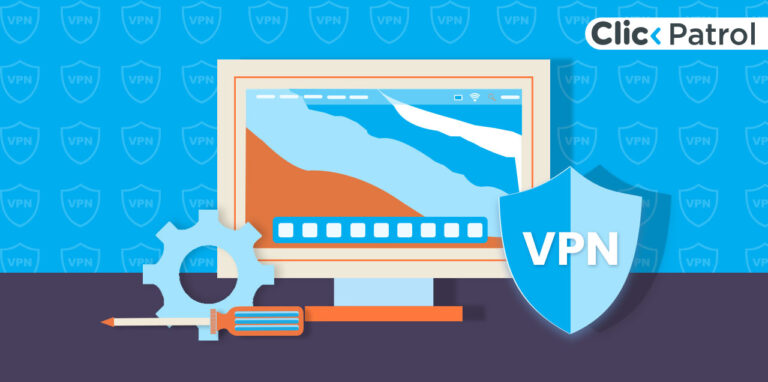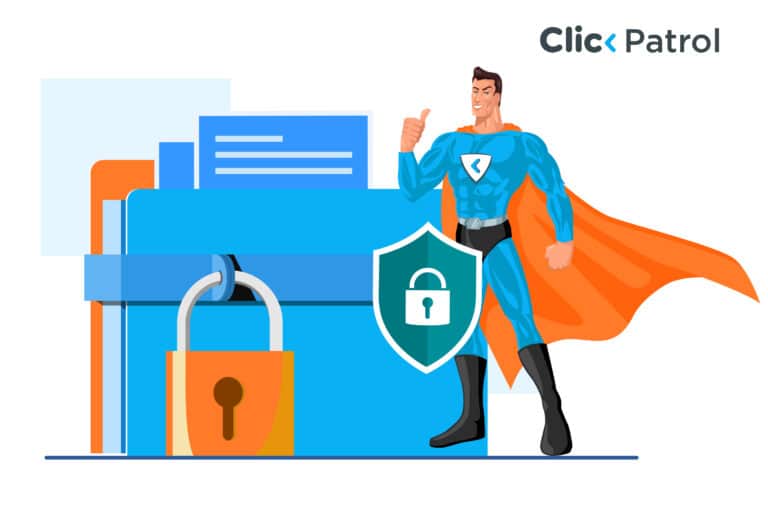
Are All Bots Bad? What is Bot Traffic And The Types Of Bots You Should Know
Abisola Tanzako | Mar 15, 2023

Bot traffic is a set of authorized website requests caused by an automated process instead of direct human action. They are internet traffic from software programs designed to perform repetitive tasks, which can be done quicker than humans. In less technical terms, bots are non-human traffic on a website.
Table of Contents
More often than not, bots are always classified as bad, but they can be either good or bad, depending on the purpose they were created for. Estimatedly, about half of all internet traffic is from website bots. While there are good bots that can be advantageous to your website, about 35% of internet traffic comes from bad bots. They are created to perform various malicious tasks, such as stealing web content, user account details, etc.
Even when bots and their malicious activities attack your website and are unsuccessful, their actions can still strain your servers, harm your overall website performance, and potentially hinder human users from accessing it. It is, therefore, important to effectively manage bot traffic on your website.
To effectively understand what bots are, let’s examine the various types of bots and how to manage them;
Types of Bot Traffic
There are three broad types of bot traffic. They are;
Good Bots
These are good bots on the internet, and recognizing the excellent and helpful bots is paramount in managing bot traffic as they can contribute to the successful performance of your website. Examples of good bots are:
Search engine bots:
The most valuable type of good bot are those crawler bots created, owned, and operated by search engines like Google, Bing, and others. Their task is to constantly crawl the internet to find the specific information searchers require. This good bot helps you put your website at the forefront of potential buyers or users.
Partner Bot:
Partner bots are bots that third-party service providers send. If you use SEO tools such as Ahrefs, the third-party service provider will send their bot to crawl your website to check your SEO performance, such as your traffic volume, etc. Pingdom (a performance check tool) falls under the partner bot category. Like search engine bots, partner bots provide valuable services to your website. However, on certain occasions, like when you have significant activity on your website, you should limit the requests your partner bots can make to maximize human visitor performance.
Commercial Bots
Legitimate companies operate commercial bots for receiving and exploiting content online. They are usually honest about their identity, but they may or may not benefit your website. This bot traffic can drain your server’s resources and impact your website’s performance. Some examples of commercial bots are:
Copyright Bots
These bots crawl the internet to search for copyrighted pictures, videos, and other content to ensure no one is using the content illegally or without permission.
Aggregator Bots
These bots crawl websites to find relevant and attractive content to feature on aggregator sites. They amplify the reach of your content and promote it, but usually, web owners prefer to control the content that the aggregator bots have access to.
Good and commercial bots generally meet three criteria. They are:
- They both come from legitimate sources such as Google, Bing, etc., and they are open about the operation of their bot on your website.
- Most of their tasks are beneficial.
- They both follow the policies on your website.
Bad Bots
Bad bots are malicious bots. Unlike good bots, bad bots will not follow the robot.txt file of your website. Usually, they will hide their true identity and source, trying to pose as a human user. Bad bots, such as poor website performance, higher bandwidth usage, and a lower conversation rate, negatively affect your website. Examples of bad bots are:
Spam bots:
These bots send spam emails and content to your website, often linking to fraudulent sites. These bots commonly drop comments on blog posts, social media posts, etc.
Web Scrapping Bots:
These bots steal content from your website and sell it to another website (usually the highest bidder), which can create problems for you, such as content redundancy issues.
Click fraud Bots
These are used as part of a botnet campaign to click on ads, fill out forms or sign up with no intention of purchasing. They are mostly malicious and used to drain the ad budget of the publisher.
How Can You Identify Bot Traffic?
To effectively manage bot traffic, it must first be identified. Below are a few indicators of bot traffic on your website
- An abnormally high page view: if your website experiences an unexpected or unprecedented high spike in the number of page views, there is a strong probability that bots click your site
- An abnormally low page view: if your website experiences an unexpected or unprecedented decrease in page views, there is a high chance that web scraping bots are stealing your content which is driving away users from your website
- An abnormally high bounce rate is the number of users that come to a single page on your website without clicking anything on that page. When there is an increase in the bounce rate, it is usually a result of bots.
- Junk conversion: when there is a surge in phony-looking conversations, such as forms filled with fake details, it can result from spam or form-filling bots.
- Frequent complaints of unavailable goods and services: If your clients get regular complaints that they cannot purchase from your website, you might have been invaded by bots. – scalper bots
How Can You Manage Bot Traffic?
The first step to managing bot traffic on your website is to include robots.txt files. This file provides instructional information for bots that want to crawl into your website and allows access to the beneficial bots that are beneficial to your website. Bad bots will not abide by the rules of the robots.txt file; hence, malicious bots can still crawl into your website.
Investing in bot management software such as ClickPatrol is another step in managing your bot traffic. With bots becoming more advanced and adept at imitating human users, bot management systems are almost necessary. In conclusion, unmanaged bot traffic can be very costly to the overall performance of your website. Therefore, identifying the various bots and stopping the malicious ones is paramount for the efficiency of your website.

